Clonleigh (Raphoe North)
Houses within 15km of this house
Displaying 37 houses.
Houses within 15km of Clonleigh (Raphoe North)
Displaying 37 houses.
| House name | Description | |
|---|---|---|
| Raymoghy | William Montgomery was leasing this property from James Law at the time of Griffiths Valuation in the 1850s, when it was valued at £10. The site is now occupied by farm buildings. | |
| Greenhills (Raphoe) | William Fenwick held this property in fee at the time of Griffiths Valuation in the 1850s, when it was valued at £55. The National Inventory of Architectural Heritage suggests that it dates from the later eighteenth century though altered in the 1870s. It was originally associated with the Nesbit family into which William Fenwick married. In 1906 it was owned by Philip and Charles Fenwick and valued at £27. The house is still extant though not in good repair. |
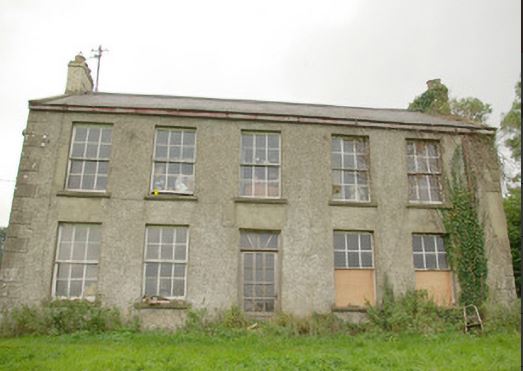
|
| Castlefin House | At the time of Griffiths Valuation in the 1850s, Nicholas Simms was leasing this property from Margaret E. Rogan when it was valued at £32. It is labelled Castlefin House on all editions of the Ordnance Survey maps. The site is now occupied by the modern RC church. | |
| Demesne (Raphoe South) | William Baird was leasing this property from the representatives of Connelly M.L. Leckey at the time of Griffith's Valuation in the 1860s, when it was valued at £10. The original building is not extant. | |
| Mullanboy | William Baird was leasing this property from the representatives of Connelly M.L. Leckey at the time of Griffith's Valuation in the 1860s, when it was valued at £30 with a substantial mill complex adjoining. Elements of the mill complex are still extant. | |
| Guystown (Raphoe) | At the time of Griffiths Valuation in the 1850s, Benjamin Humfrey was leasing this property from the Erne estate, when it was valued at £7. It was subsequently enlarged and is labelled Guystown on all editions of the Ordnance Survey map. The National Inventory of Architectural Heritage suggests it was originally built c.1720. It is still extant and occupied. | |
| Dromore (Raphoe North) | At the time of Griffiths Valuation in the 1850s, Jane Stephenson was leasing this property from the Earl of Erne's estate when it was valued at £10. | |
| Toberoneill | At the time of Griffiths Valuation in the 1850s, Joseph Henderson was leasing this property from the Earl of Erne's estate when it was valued at £12. The National Inventory of Architectural Heritage suggests the large scale outbuildings date from c.1860. There is an altered house at the site. |
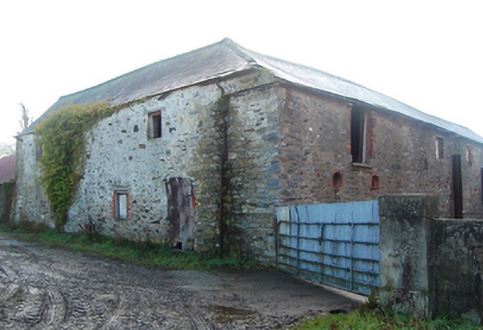
|
| Shannon Middle | James Henderson was leasing this property from the Earl of Erne's estate at the time of Griffiths Valuation in the 1850s, when it was valued at £11. It is labelled Shannon Middle on all editions of the Ordnance Survey maps. Substantial farm buildings exist at the site now. | |
| Shannon (Raphoe North) | Samuel Gourley was leasing this property from the Erne estate at the time of Griffiths Valuation, when it was valued at £10. It is labelled Shannon on all editions of the Ordnance Survey maps. A farm is extant at the site. | |
| Killindarragh [Nassau Hall] | At the time of Griffiths Valuation, in the 1850s, Mrs. Angel I. Stewart was leasing this property from the Earl of Erne's estate when it was valued at £20. It is labelled Nassau Hall on the 1st edition Ordnance Survey map of the late 1830s but as Killindarragh on subsequent editions. It is still extant. | |
| Cavanacor | This property was held in fee by Benjamin [Humfrey] at the time of Griffiths Valuation, when it was valued at £33. Wilson referred to it as the seat of "Mrs Kays" in 1786. The National Inventory of Architectural Heritage suggests it was built about 177-, possibly incorporating part of a seventeenth century house. It is still extant and occupied. |
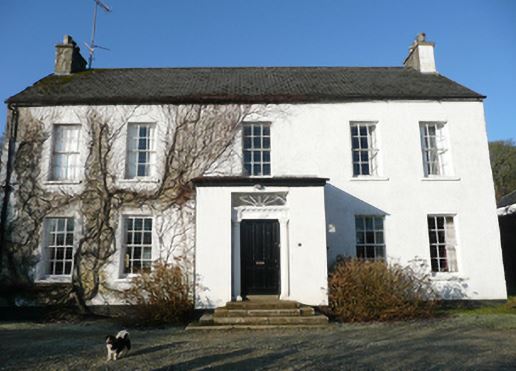
|
| Broomfield (Raphoe North) | John Humphreys was leasing this property from Robert Keys at the time of Griffiths Valuation, when it was valued at £20. It is labelled Broomfield on all editions of the Ordnance Survey maps. A house is still extant at this site. A second house, labelled Cumberland Lodge [C310024], is shown in this townland on the 25-inch Ordnance Survey map of the early 20th century. A house is still extant at this site. | |
| Longvale | At the time of Griffiths Valuation in the 1850s Letitia Keys was leasing this property from the Knox estate when it was valued at £14. On the 1st and 25-inch edition Ordnance Survey maps it is labelled Longvale. The National Inventory of Architectural Heritage suggests that this house, now known as Hall Green Farm, mostly dates from the mid eighteenth century though possibly incorporating fabric from the earlier house on the site, reputedly built by Thomas Keyes in the early seventeenth century. |

|
| Port Hall (Raphoe North) | James Clarke was leasing this property from the Dogherty estate at the time of Griffiths Valuation in the 1850s, when it was valued at £35. The National Inventory of Architectural Heritage suggests it was built in the 1740s for John Vaughan and classifies it as a building of national importance. It is still extant and occupied. |
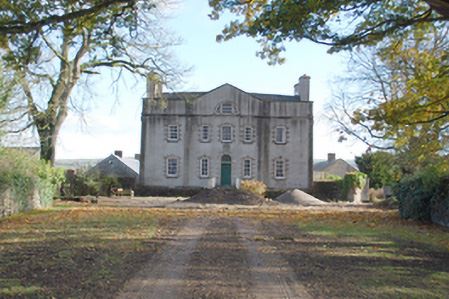
|
| Murlough (Raphoe North) | At the time of Griffiths Valuation in the 1850s, James Houston was leasing this property from the Earl of Erne's estate when it was valued at £10. On the 25-inch edition Ordnance Survey map the house on the site is labelled Manse. The National Inventory of Architectural Heritage suggests it was enlarged in the later nineteenth century, possibly when it came into use as the manse. It is still extant and occupied. |
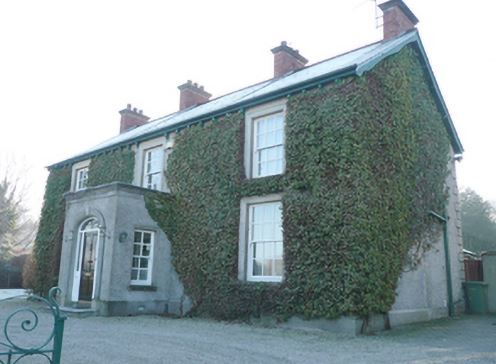
|
| Ballyduff House (Raphoe North) | At the time of Griffiths Valuation, William Clarke was leasing this property from the Knox estate when it was valued at £17. It is still extant and occupied. |
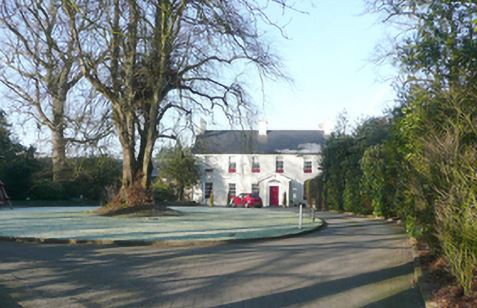
|
| Croghan House (Raphoe North) | At the time of Griffiths Valuation, James Cochran was leasing this property from Joseph Scott when it was valued at £55. It was constructed after the publication of the 1st edition Ordnance Survey map of the 1830s and is labelled Croghan House on later editions. It is still extant and occupied. |
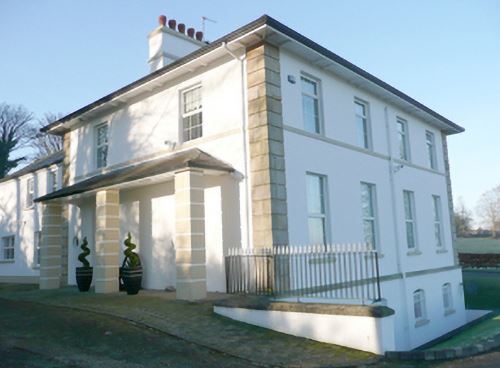
|
| Belmount (Raphoe North) | Robert Lowry was leasing this property from William Clarke's estate at the time of Grffiths Valuation in the 1850s, when it was valued at £25. The property was extant until the 1990s when modern housing was constructed on the site. | |
| Treantagh (Raphoe North) | Henry S. Hamilton was leasing this property from the Abercorn estate at the time of Griffiths Valuation in the 1850s, when it was valued at £25. |
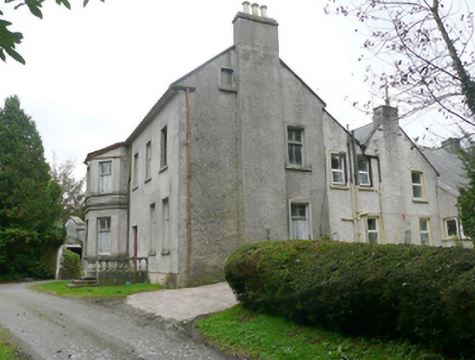
|
| Ardvarnock Lower | ||
| Beltany | David Wilson was leasing this property from the Ecclesiastical Commissioners estate at the time of Griffiths Valuation in the 1850s, when it was valued at £17. It is now a ruin. | |
| Finn Lodge | Sir Frederick Heygate's estate held this property in fee at the time of Griffiths Valuation in the 1850s, when it was valued at £11. Farm buildings occupy the site now. | |
| Magherycallaghan House | James McCurdy was leasing this property from the Macky estate at the time of Griffiths Valuation in the 1850s when it was valued at £18. A mill complex was located in the area also. The National Inventory of Architectural Heritage suggests the house was built in the late eighteenth century. Later in the nineteenth century it was associated with the Cunningham family. It is still extant and occupied. |
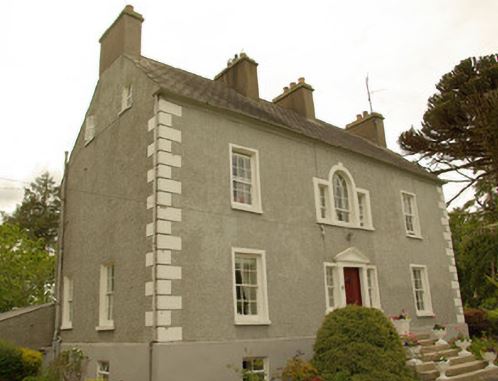
|
| Pluck | James B. Marshall was leasing this property from the Hayes estate at the time of Griffiths Valuation in the 1850s, when it was valued at £18. It adjoined a mill complex. The site is occupied by modern buildings now. | |
| Castruse House | William Cochrane was leasing this property from Robert Bateson at the time of Griffiths Valuation in the 1860s when it was valued at £12. It is labelled Castruse Huose on the 25-inch map of the early 20th century. In the 1870s John Motherwell's address is given as Castruse. The National Inventory of Architectural Heritage suggests it was built in the last years of the 18th century on the site of an earlier house. It is still extant and occupied. |
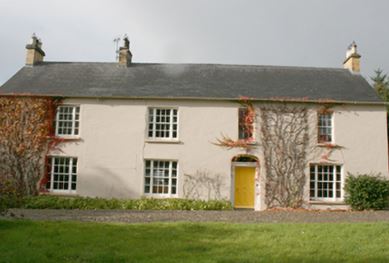
|
| Ballyboe House | This property was held in fee by the Bateson estate at the time of Griffiths Valuation in the 1850s when it was valued at £27. It is labelled Ballyboe House on the 25-inch Ordnance Survey map of the early 20th century. It is still extant. | |
| Ballyhasky Middle | Patrick Glacken was leasing this property from the Earl of Wicklow's estate at the time of Griffith's Valuation in the 1850s when it was valued at £10. It is still extant and occupied. |

|
| Monglass | Caldwell Motherwell was leasing this property from the Earl of Wicklow's estate at the time of Griffith's Valuation in the 1850s when it was valued at £13. The house at the site now is of late 19th century construction. | |
| Drumbarnet | Samuel Chambers was leasing this property from the Earl of Wicklow's estate at the time of Griffith's Valuation in the 1850s when it was valued at £18. In 1906 it had the same valuation and was owned by William Glenn. It is still extant. The National Inventory of Architectural Heritages suggests that it was extensively altered around 1911 with an extension added to the front at that time. |
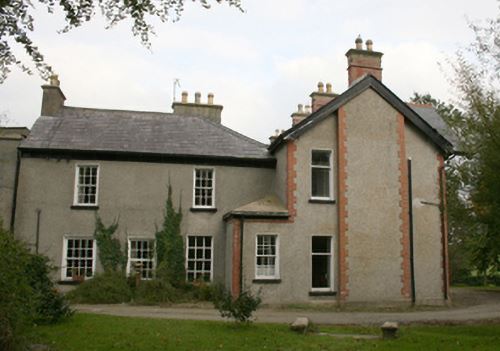
|
| Cloon (Raphoe) | Robert McFarlane was leasing this property from Anne Law at the time of Griffiths Valuation in the 1850s, when it was valued at £16. Labelled as Cloon on all editions of the Ordnance Survey maps. Farm building occupy the site of the original house now. | |
| Mason Lodge (Raphoe) | William McCormack was leasing this property from John S. Law at the time of Griffiths Valuation in the 1850s, when it was valued at £10. McCormack was one of the investors associated with the Lough Swilly land reclamation works in the mid 1840s. This property is now the centre of a large farm. | |
| Dunmore House (Raphoe North) | This property was held in fee by Robert McClintock at the time of Griffiths Valuation in the 1850s, when it was valued at £38. In 1837 Lewis referred to it as the seat of R. McClintock. By 1906 it was owned by his representatives with the same valuation. The National Inventory of Architectural Heritage suggests it was built in the 1740s with extensions in the 1820s and 1840s. It is still extant and occupied. |
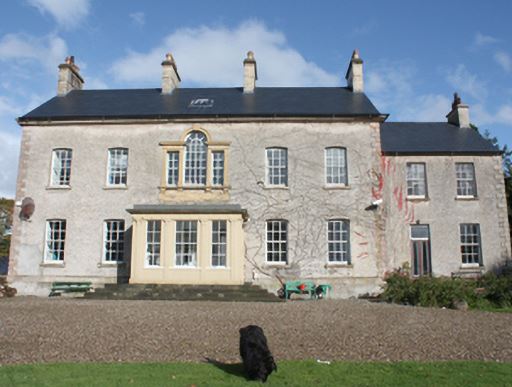
|
| Sallybrook | James Marshall was leasing this property from the Earl of Wicklow's estate at the time of Griffiths Valuation in the 1850s. It was then valued at £15. In 1906 it was the property of Samuel Marshall and valued at £12. The site appears to be occupied by farm buildings now. | |
| Convoy House [Greenfield] | Robert Montgomery held this property in fee at the time of Griffiths Valuation when it was valued at £35. In 1837 Lewis had also referred to it as the seat of R. Montgomery. In 1896 it was owned Canon Boyton and valued at £33. The National Inventory of Architectural Heritage suggests it was built in the early years of the 19th century and provides a detailed description of its occupancy. It is still extant and occupied. |
![Photo of Convoy House [Greenfield]](https://landedestates.ie/storage/img/orig/3296.jpg)
|
| Kilmainham - The Cottage/Heath Lodge | Ambrose Leet records Kill, Mount Nugent, as the residence of George Lenauze. Kill House, located on the estate of the Bishop of Kilmore, is named on the first edition 6 inch Ordnance Survey map (publ. 1837). At this time there were laid out gardens and extensive plantations within the demesne grounds. The buildings at Kill House are reduced in size on the later 25 inch map. In the 1850s, Garrett Keogh was the occupier holding the property valued at £5 from John Orpen. This house is no longer extant. | |
| Laurel Bank/Holly Bank | This house, originally known as Laurel Bank, is named on the first edition six inch Ordnance Survey map (publ. 1837). It is shown in a demesne which included an old bleach mill and a corn mill and kiln. It is believed to have been built by a mill owner in the 18th century. Griffith’s Valuation records William Norton as the occupant holding the property valued at £8.10.0. from the Earl of Gosford. The house is called Holly Bank on the 25 inch map. Altered and added to in the 20th century it continues to be a residence. |

